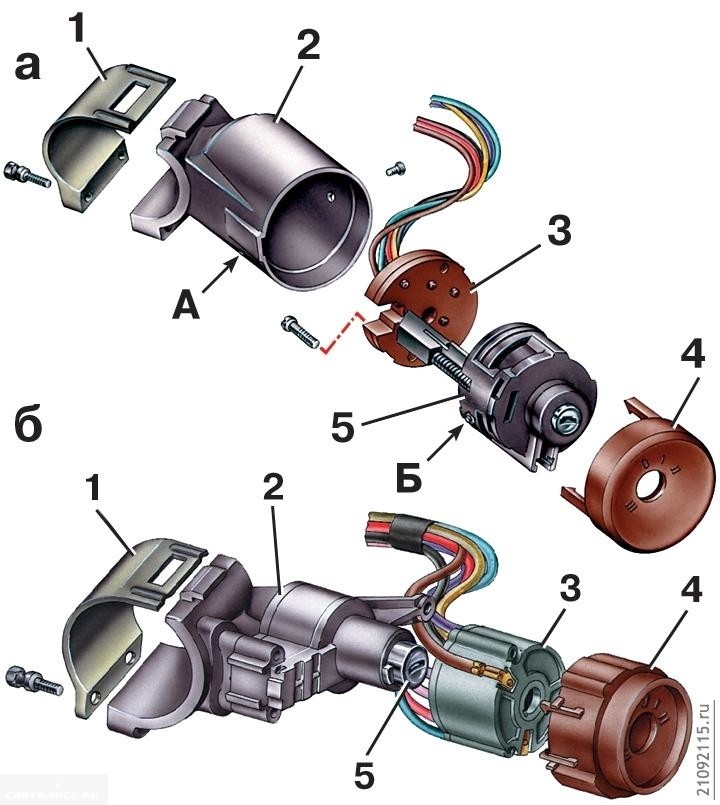
How to ride uphill
Content
Driving on level ground does not put undue stress on your vehicle's engine, but driving up steep hills can overload the engine. However, there are a few methods you can follow to reduce the stress on your…
Driving on level ground does not put undue stress on your vehicle's engine, but driving up steep hills can overload the engine. However, there are a few tricks you can follow to reduce engine stress and climb hills smoothly while maintaining a relatively low RPM.
Whether your vehicle has a manual or automatic transmission, it is best to keep the following driving tips and techniques in mind as you attempt to negotiate hills and climbs.
Method 1 of 3: Drive an automatic car on a hill
Compared to manual transmission vehicles, automatic transmission vehicles climb hills more easily. The gearbox in an automatic car will naturally downshift with lower RPM once you reach a certain low speed. In addition, there are steps you can take to make your vehicle's engine and transmission easier to handle when driving uphill.
Step 1: Use the correct drive gears. When driving uphill, use D1, D2, or D3 gears to maintain higher revs and give your car more power and uphill speed.
- AttentionA: Most automatic transmission vehicles have at least D1 and D2 gears, and some models also have D3 gears.
Method 2 of 3: Driving a manual car on a hill
Driving a manual transmission car on a hill is slightly different from driving a car with an automatic transmission on an incline. Unlike an automatic transmission, you can downshift a manual transmission for higher revs if needed.
Step 1: Pick up speed as you approach the slope.. Try to have enough forward momentum to go part or even all the way up the hill before downshifting to keep that power going.
Ideally, you should be approaching the slope in fourth or fifth gear, accelerating the car to about 80 percent power.
- A warning: Be careful when climbing hills and make sure you don't pick up too much speed. Be aware of any sharp turns in the road and reduce the acceleration you give the car as you approach it. This is especially important if you are not familiar with the road you are driving on.
Step 2: Downshift If Needed. If you notice that your engine is having difficulty maintaining the current speed, shift to a lower gear.
This should rev up when the engine downshifts, adding power to your momentum.
On really steep hills, you may have to downshift in succession until you find one that gives the car the momentum it needs to climb the hill.
Step 3: Upshift to Save Gas. If you notice that your car picks up speed when going uphill, shift into a higher gear for better fuel economy.
You may need to do this on hills that will level out before climbing again.
Step 4: Downshift in tight corners. You can also downshift if you encounter any sharp turns while climbing a hill.
This allows you to maintain power and momentum while cornering.
Method 3 of 3: Start and stop a manual car on a hill
Climbing a slope is usually not a problem, unless you have to stop at some point in the climb. When driving uphill in a manual transmission car, it takes some skill to start and stop the car uphill.
You can use several different options when stopping or starting on a slope, including using the handbrake, the heel-toe method, or switching from holding the clutch to accelerating after the clutch has engaged.
Step 1: Hill start. If you've parked on a hill and need to move off again, follow these steps to start your car and continue driving.
With the handbrake applied, depress the clutch pedal and engage first gear. Give the car a little gas until it reaches 1500 rpm and lightly release the clutch pedal until it begins to shift into gear.
Make sure the way is clear by signaling if necessary and slowly release the handbrake while giving the car more gas and fully releasing the clutch pedal.
Keep in mind that the amount of gas you need to give your car depends largely on the slope of the hill, with steeper slopes usually requiring you to give the car more gas.
- Attention: Be sure to apply the handbrake when parking on a slope.
- Functions: Turn your front wheel away from the curb if parked uphill, and turn toward the curb if looking downhill. So the car should roll and stop at the curb if your handbrake disengages.
Knowing how to negotiate hills with your vehicle can keep you safe as well as prevent unnecessary wear on your vehicle's engine and transmission. If you are having problems with your vehicle's gearbox or clutch, you can have one of AvtoTachki's certified mechanics fix your vehicle for you.

